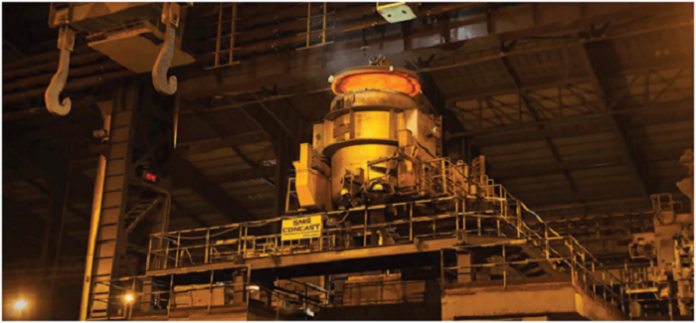Continuous casting is a process that allows alloys and metals to get stretched, solidified, and shaped without any need of interruption. Continuous casting process aims at lessening waste while improving the quality, yield, and cost efficiency.
A process invented into the steel manufacturing sector in the 1950s as a substitute to ingot molds, the continuous casting machine is now a standard in the production of premium battery grid. With the help cooled water and a series of rollers, the procedure reduces the impurities and offers better thickness ratio. To get a better understanding of the casting procedure, let’s look at the basics molten metals to the finished grid.
- Continuous casting process
In the manufacturing of a continuous grid, molten lead is ladled in the casting equipment where it will be molded, cooled, and stretched to form a finished product. While different continuous casting machines will offer various benefits, the basic procedure is the same. Let’s have a look at the entire procedure.
Liquid alloy or metal gets ladled into the tundish that directs the flow of the substance into the molds. The tundish works as a reservoir, continuing the flow of the substance as the ladle refills.
The metal is poured into a water-cooled mold, where it is partially solidified to have a basic grid shape. This is the main cooling phase.
A semi-solid grid is sent via the strand guide, continuing to stretch the substance to the required thickness as the cooling continues in the secondary cooling phase.
A fully solidified grid is sent via straighteners to obtain the final shape and dimension.
The finished grid is wound into a roll to be stored.
- Continuous grid casting system
Continuous grid casting system is designed to remove lead scrap in grid production. Productive, secure, and more cost-effective, the system provides flexible grid designs and all the benefits of traditional gravity casting.
The casting equipment can produce a maximum of 120 feet in 60 seconds, based on the design of the grid, thickness, and metal composition. The grids are meant to be used in motorcycle and automotive batteries, industrial machinery, and wound cell batteries.

- Benefits of continuous casting
Some of the main cast shapes that are manufactured in strand casting comprise tubular and solid. However, irregular shapes such as rectangular and hexagonal are cast to match the profile of the final product.
Because the continuous casting works as a bottom fed gravity flow manufacturing procedure, it eliminates the probable trapping of dross and dirt in the process. The foreign substance in the crucible furnace floats on the top of the melt so that it won’t be part of the process.
Here are some of the benefits of casting
- Reduces the weight of steel
- Quicker machining speeds for enhanced productivity
- Prolonged tool life
- Improved surface finish
- Reduced deburring
- Improved wear resistance
- Improved damping of vibration and reduced noises
- Compact lead-free chips
Final word
Products obtained in the continuous casting process can offer cost-effectiveness to alternative casting if the cast substance shape and size is appropriately selected. Additionally, you need to make sure you choose a high-quality casting machine.







